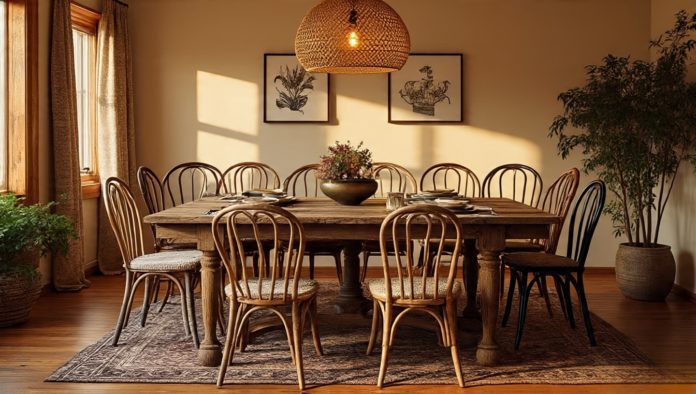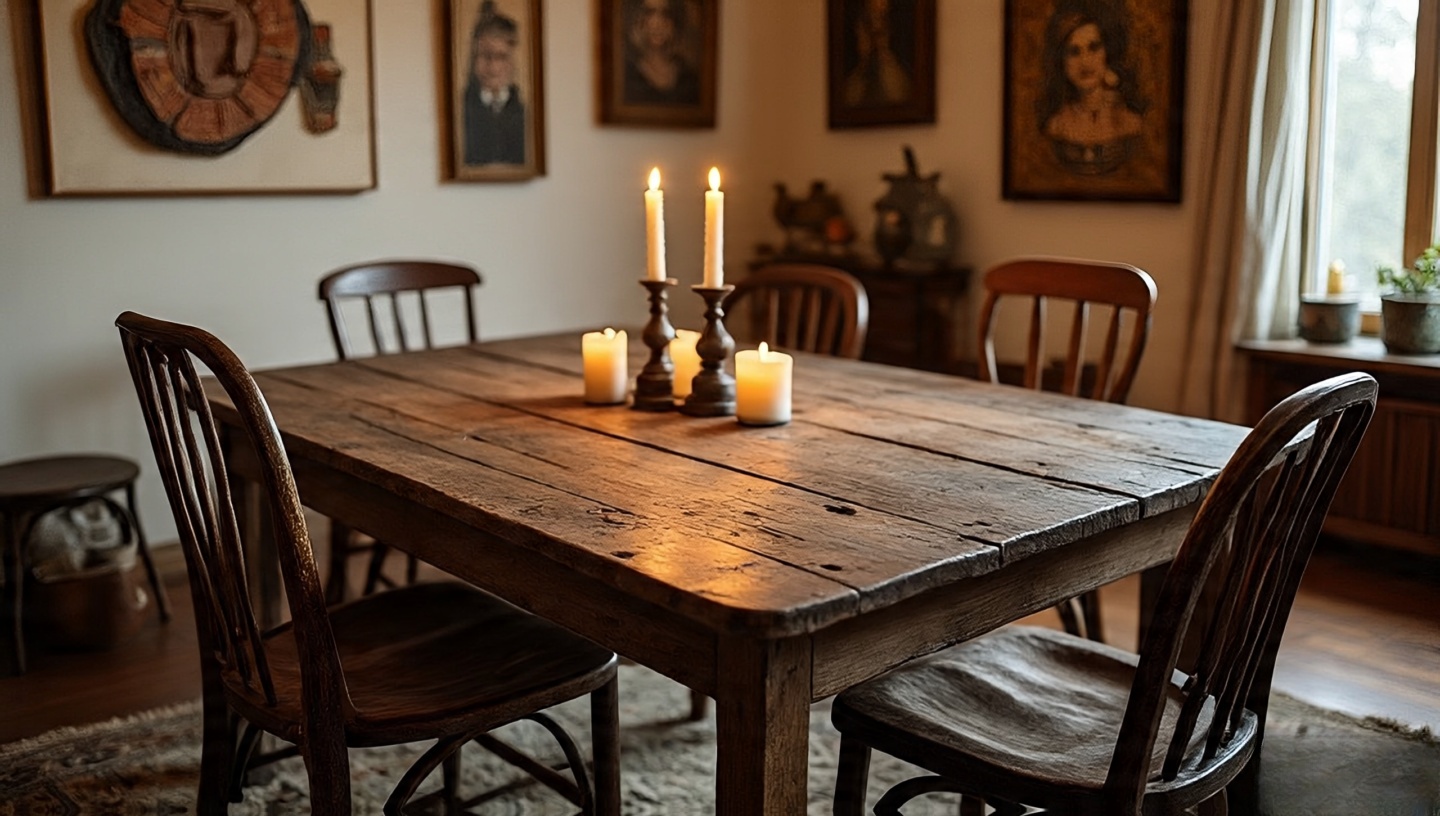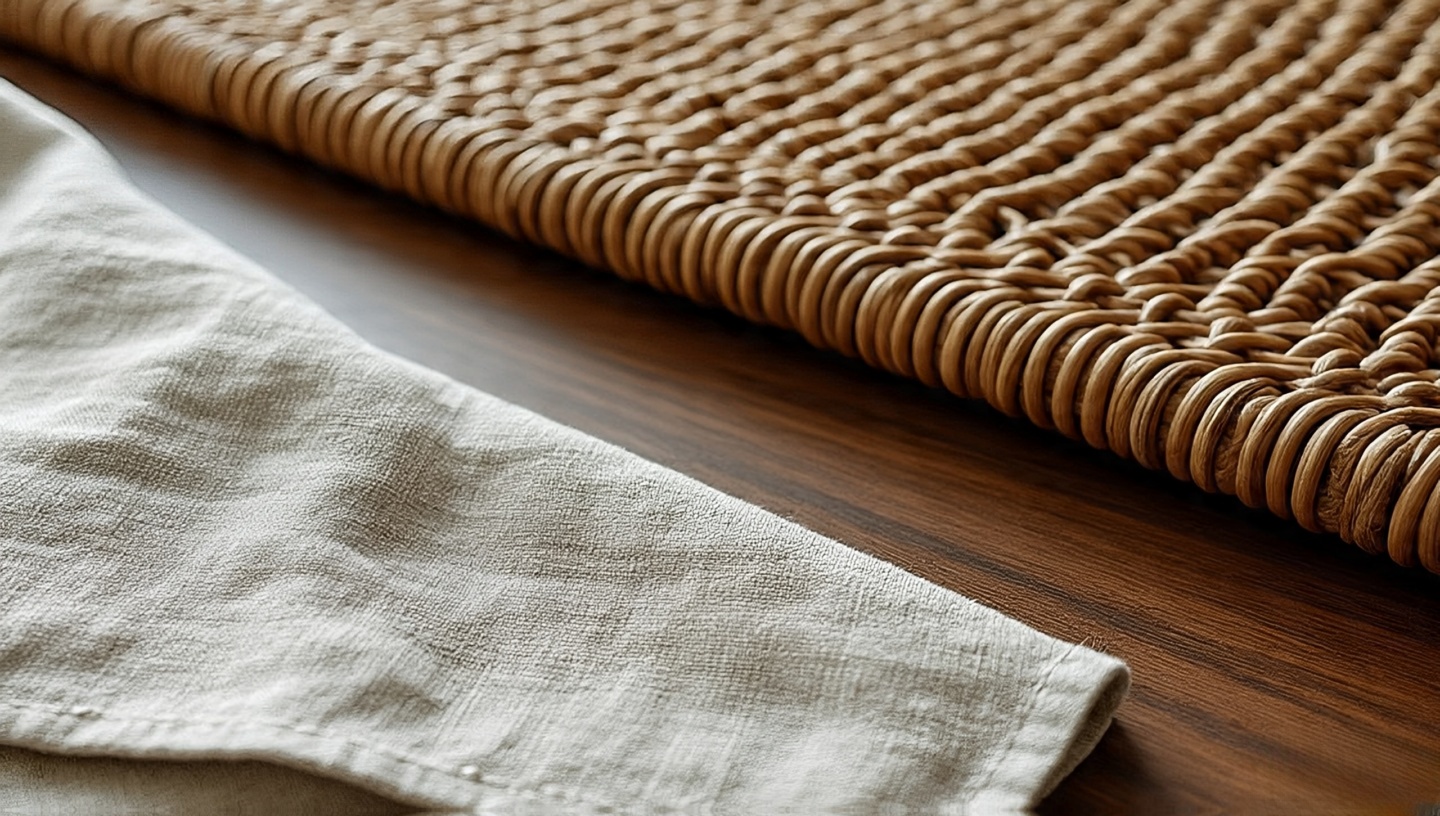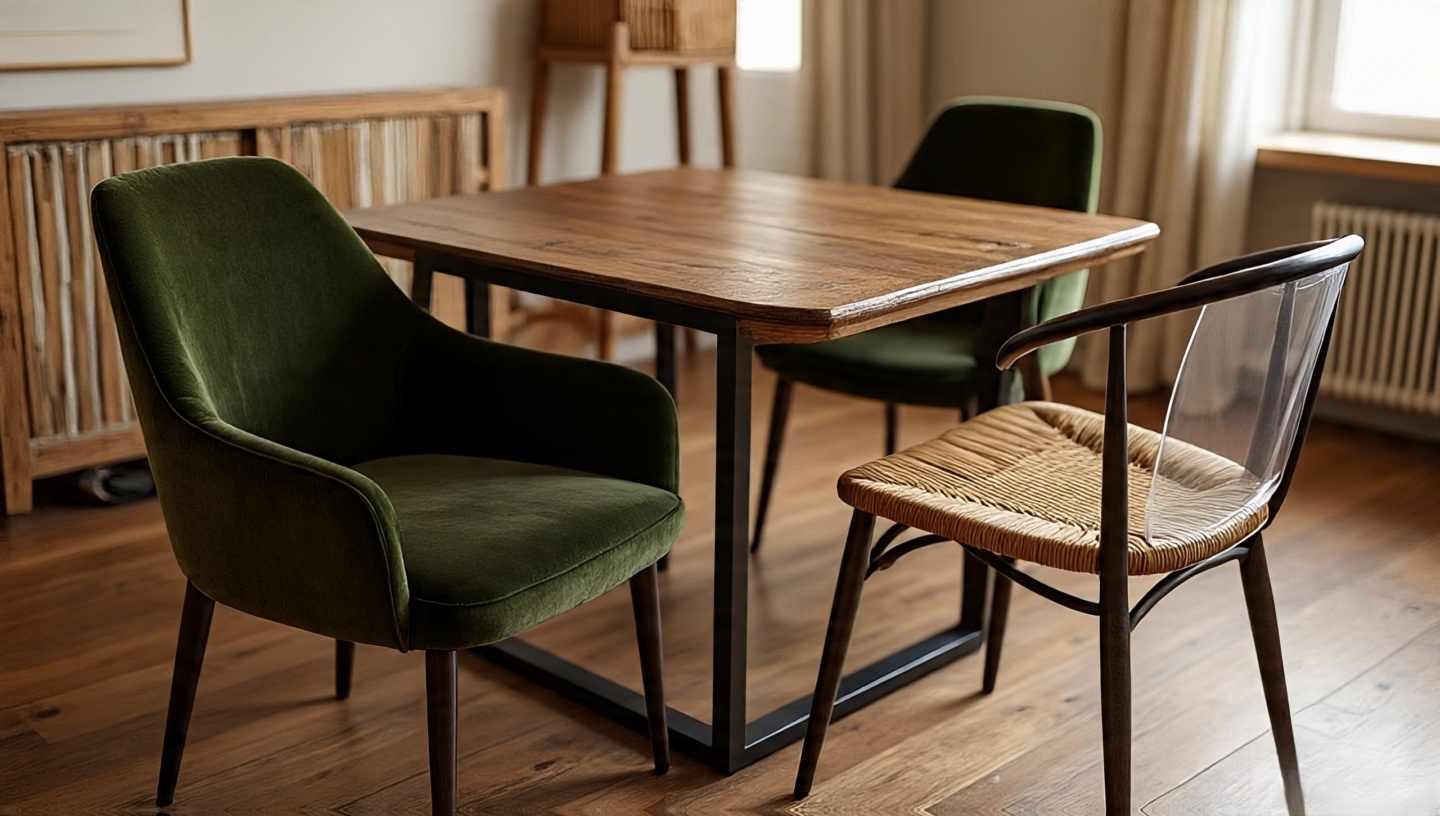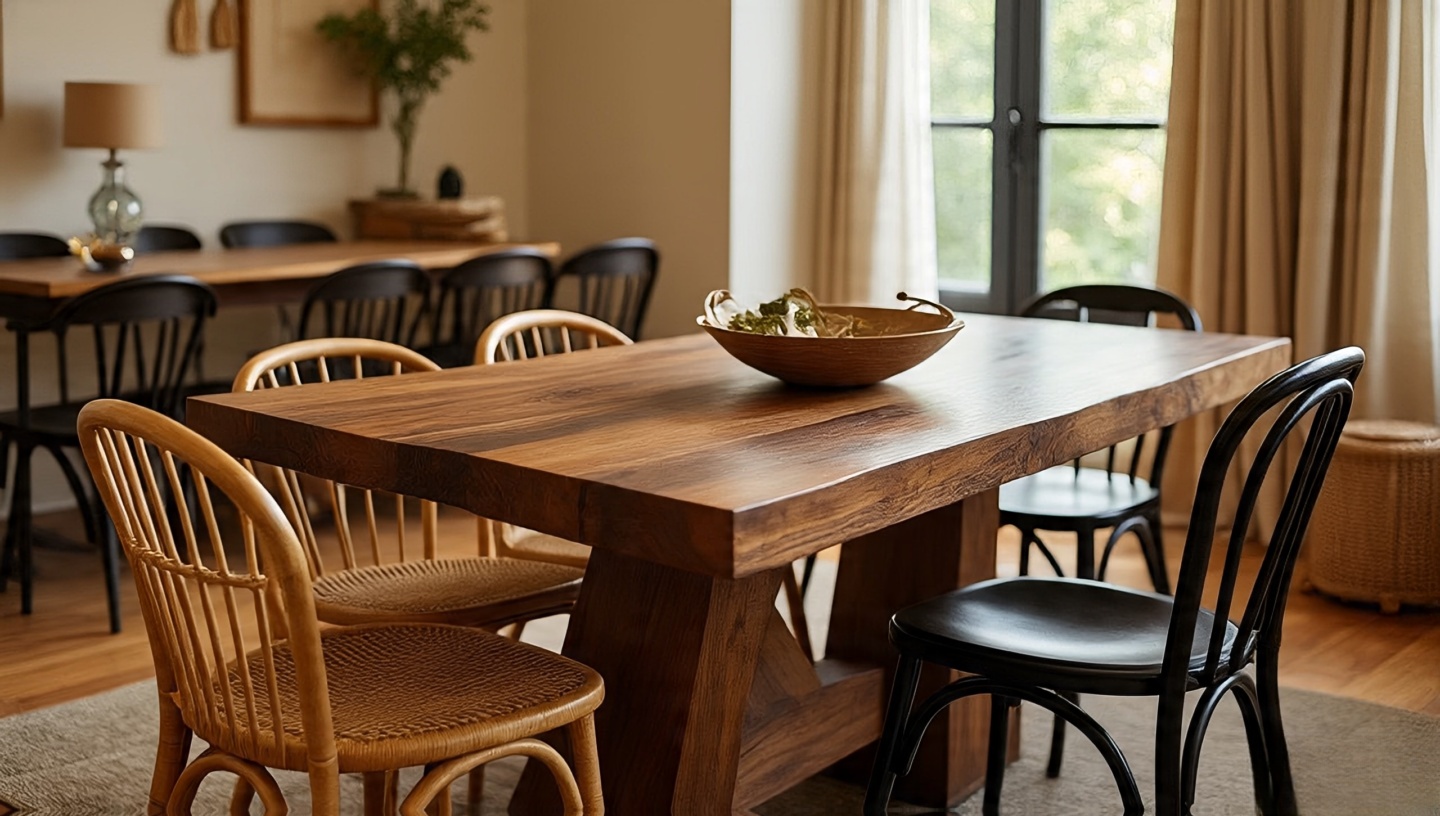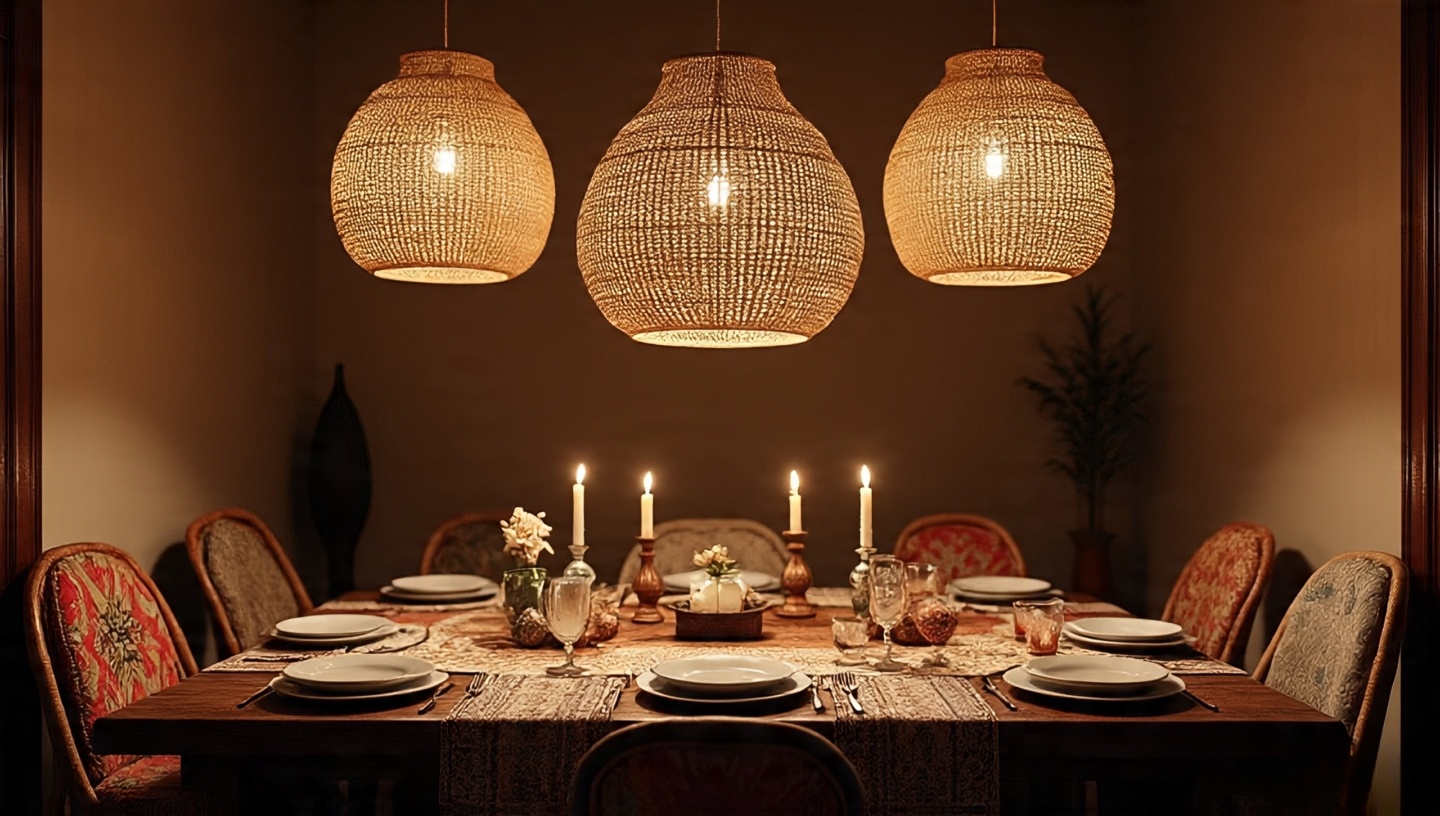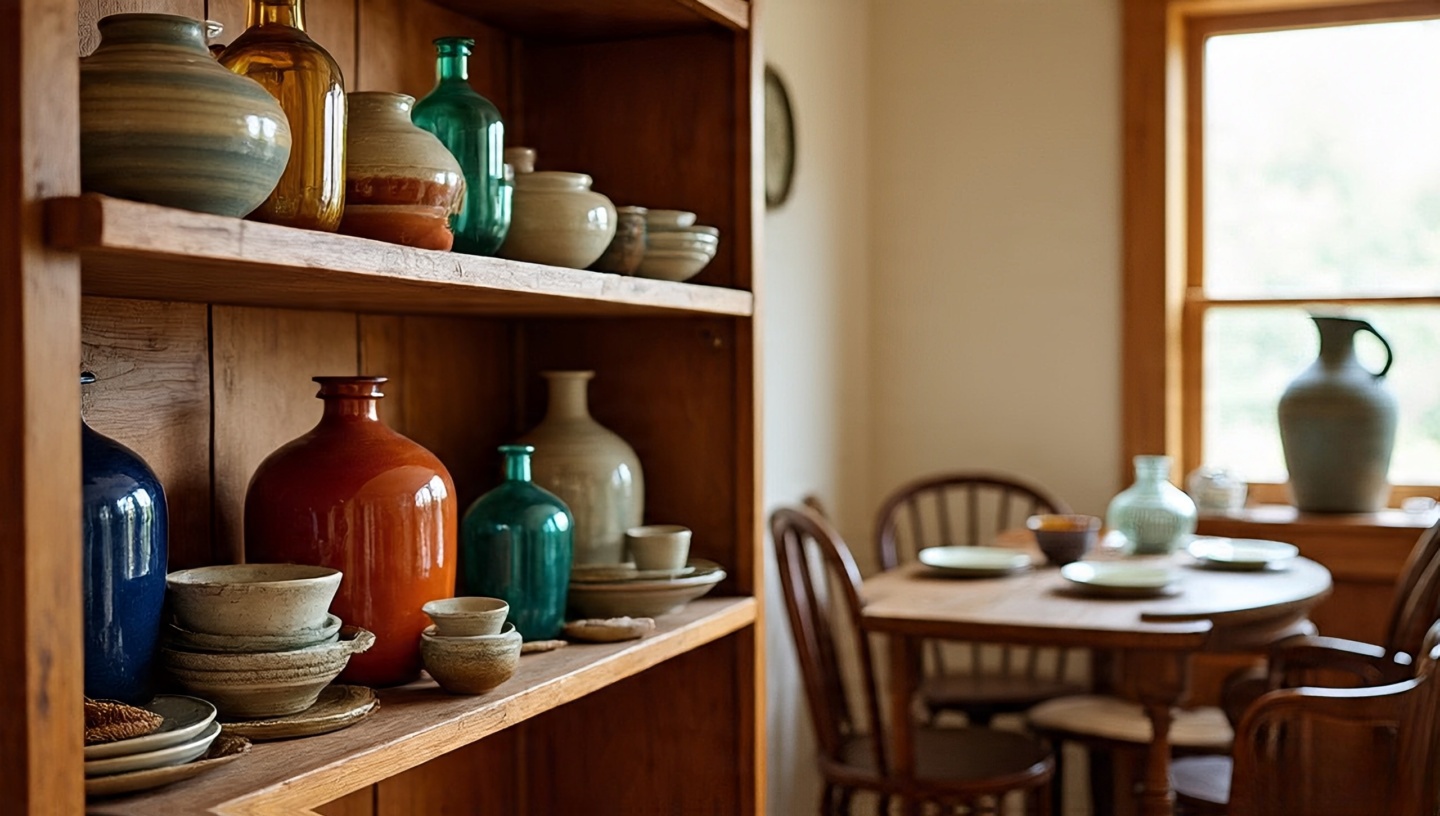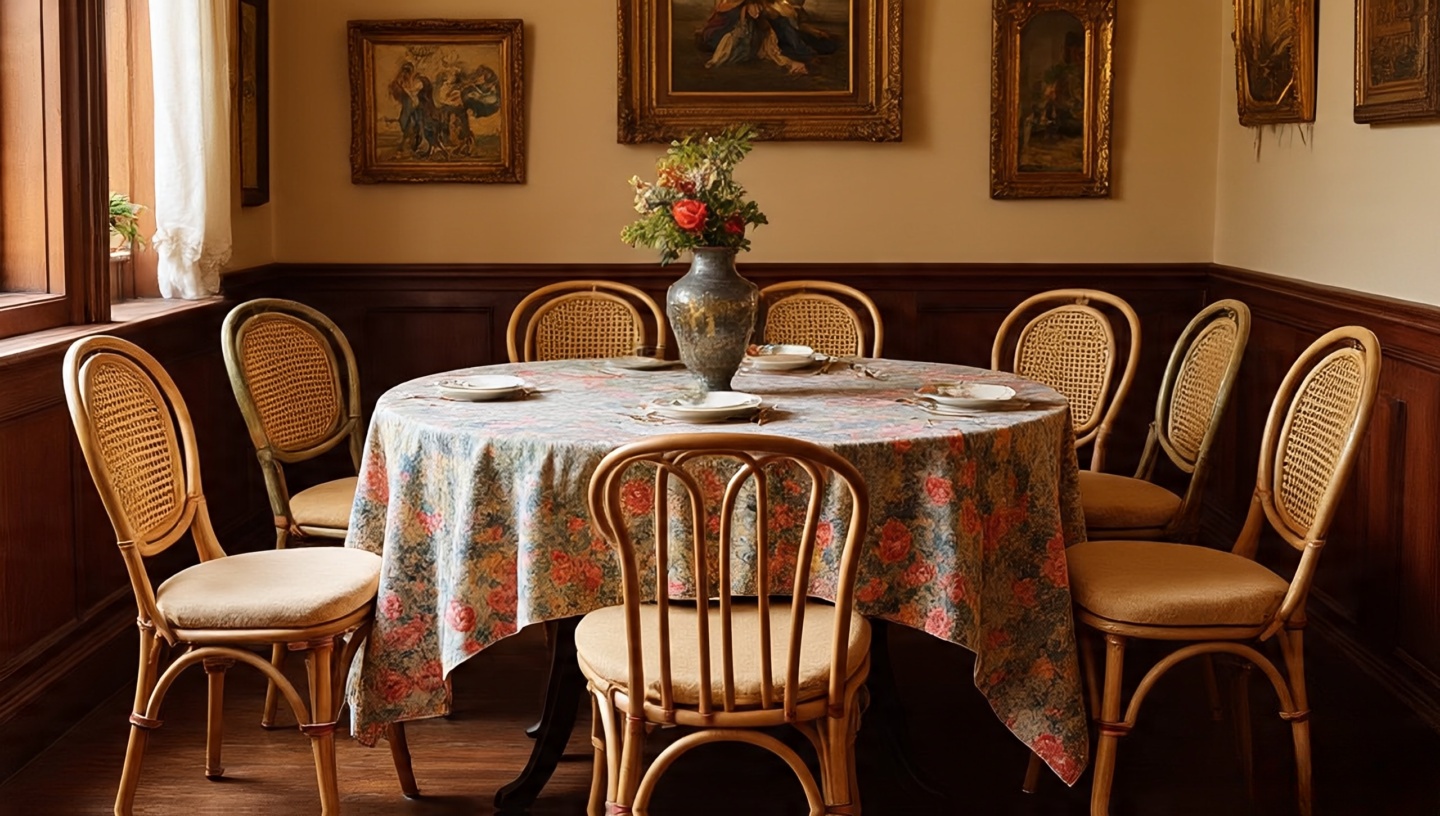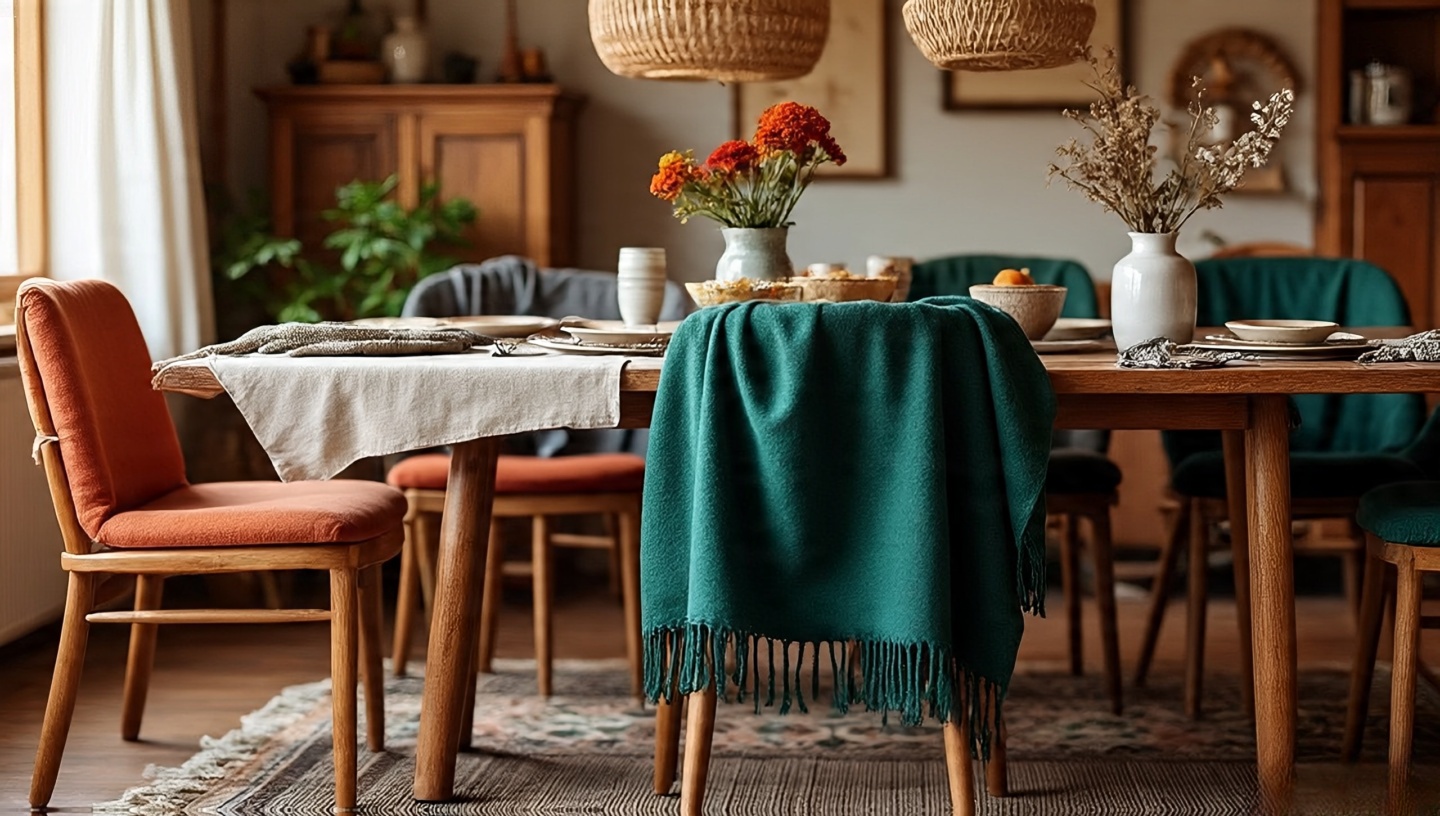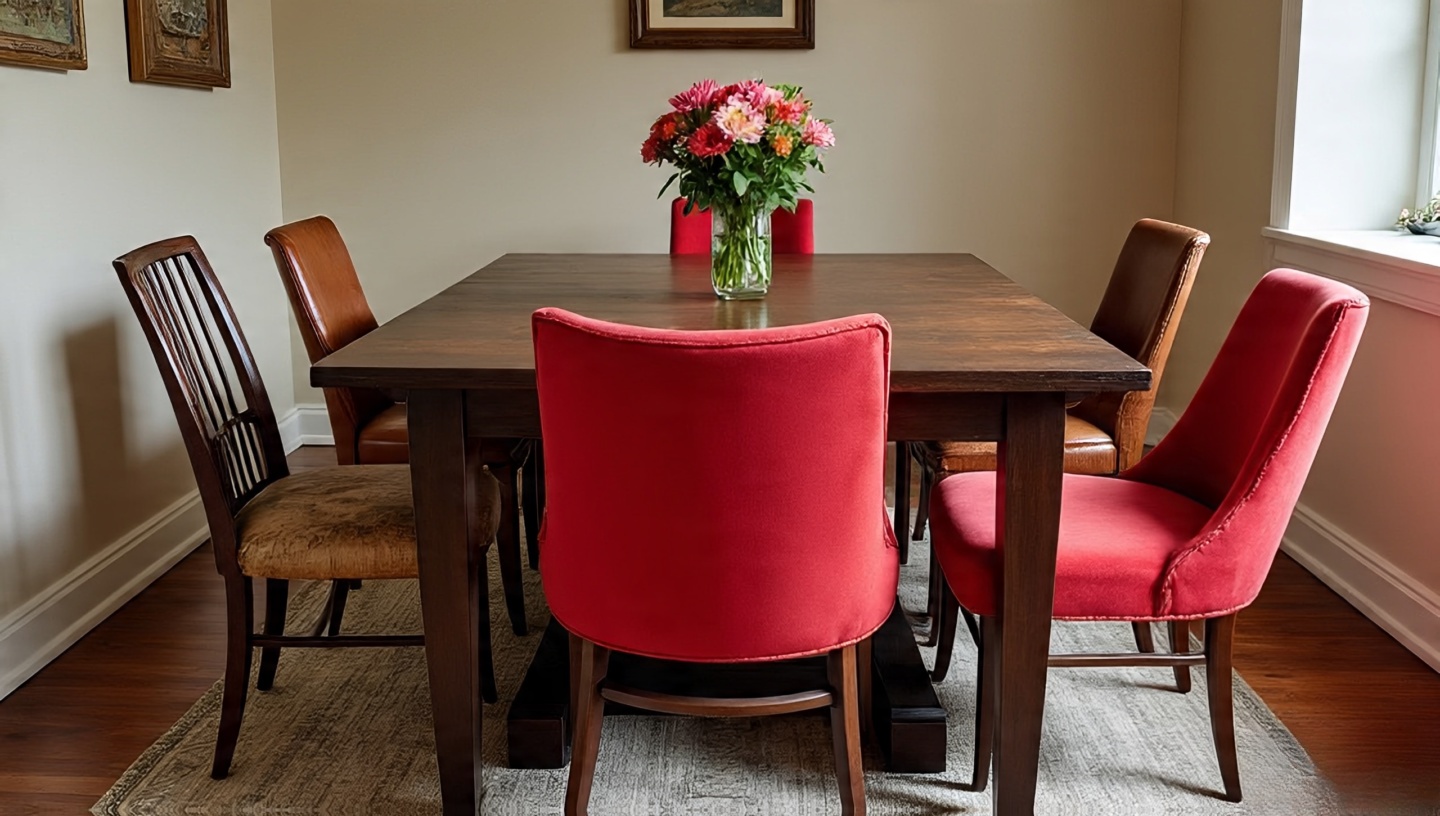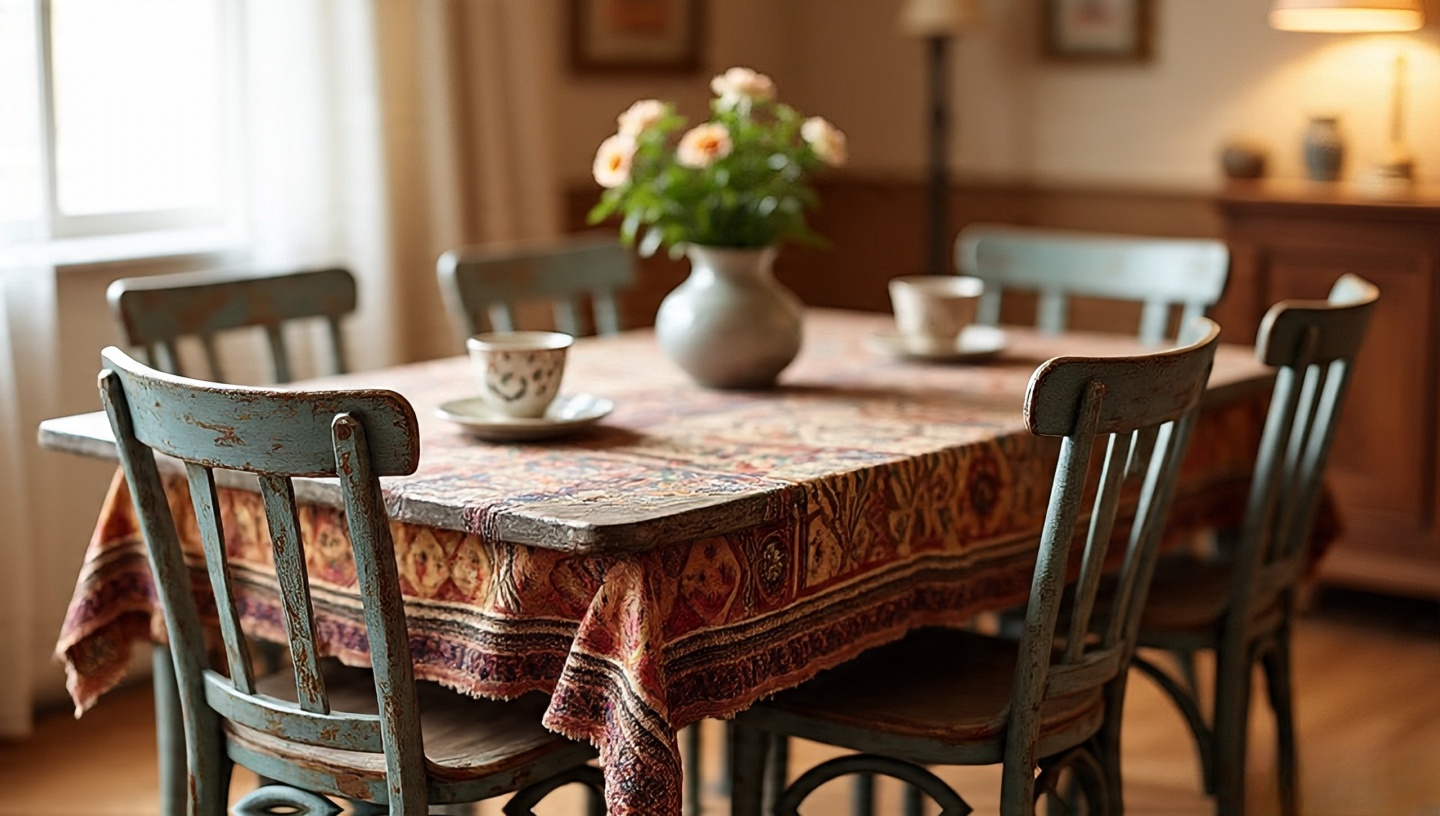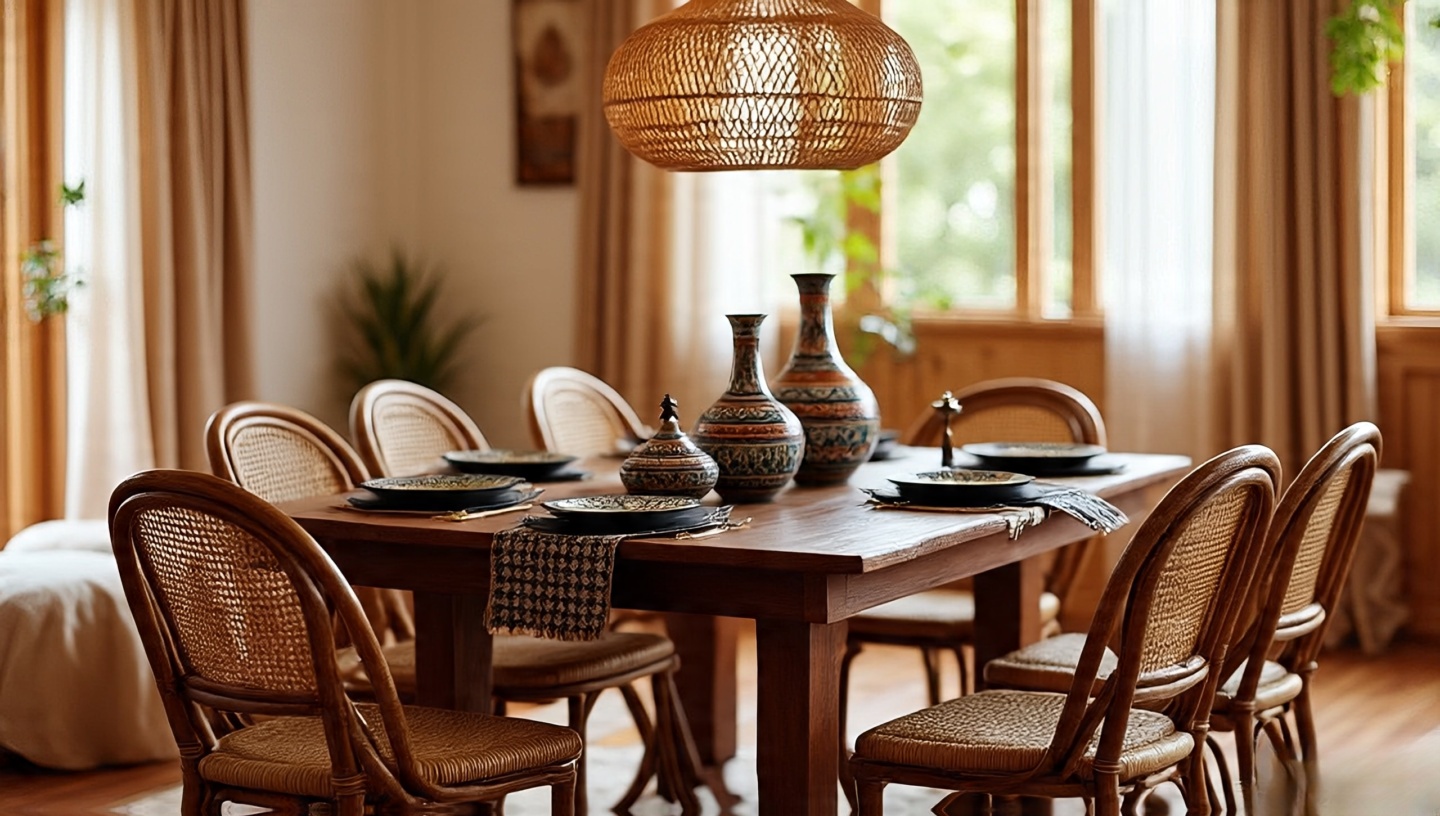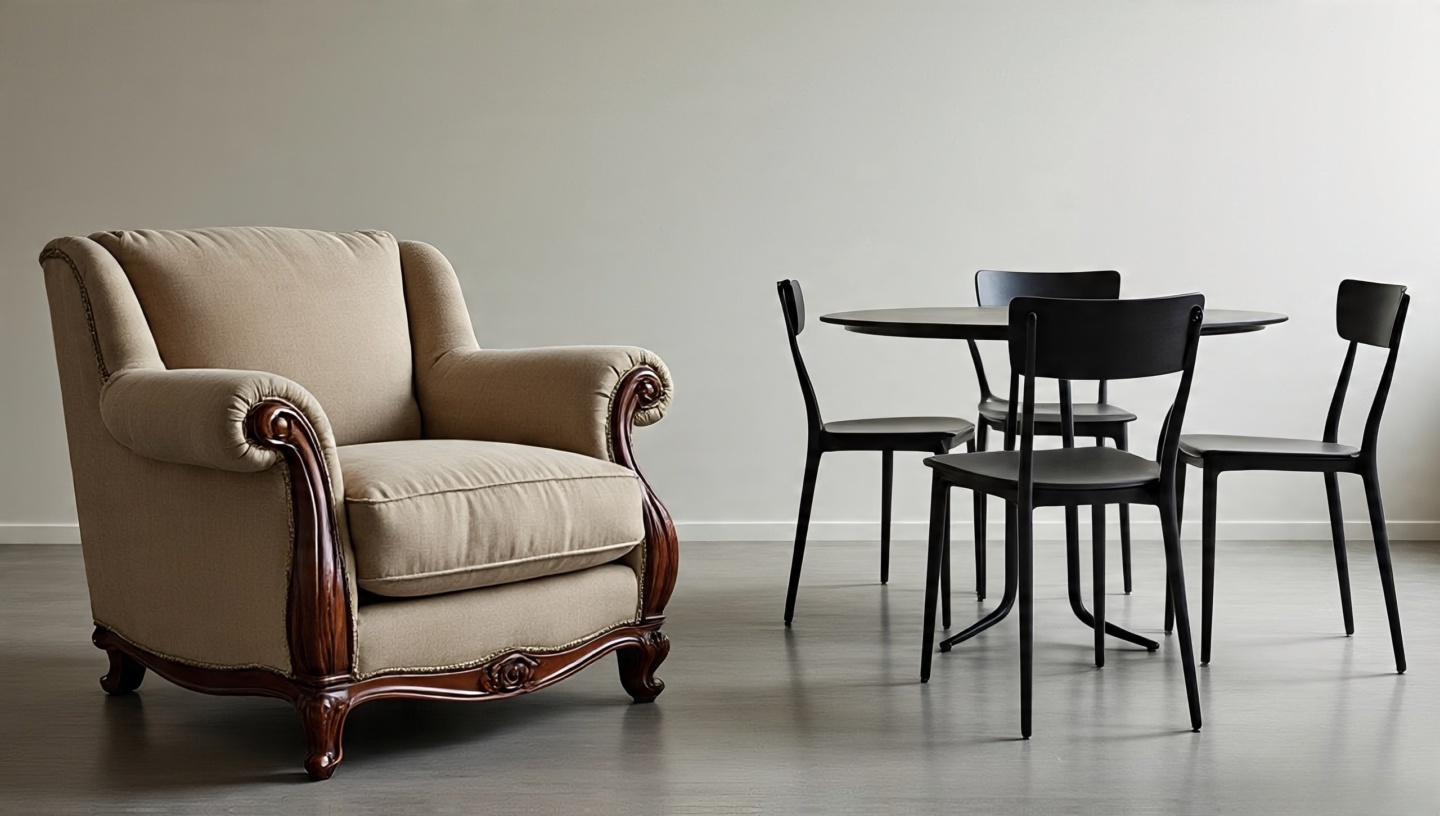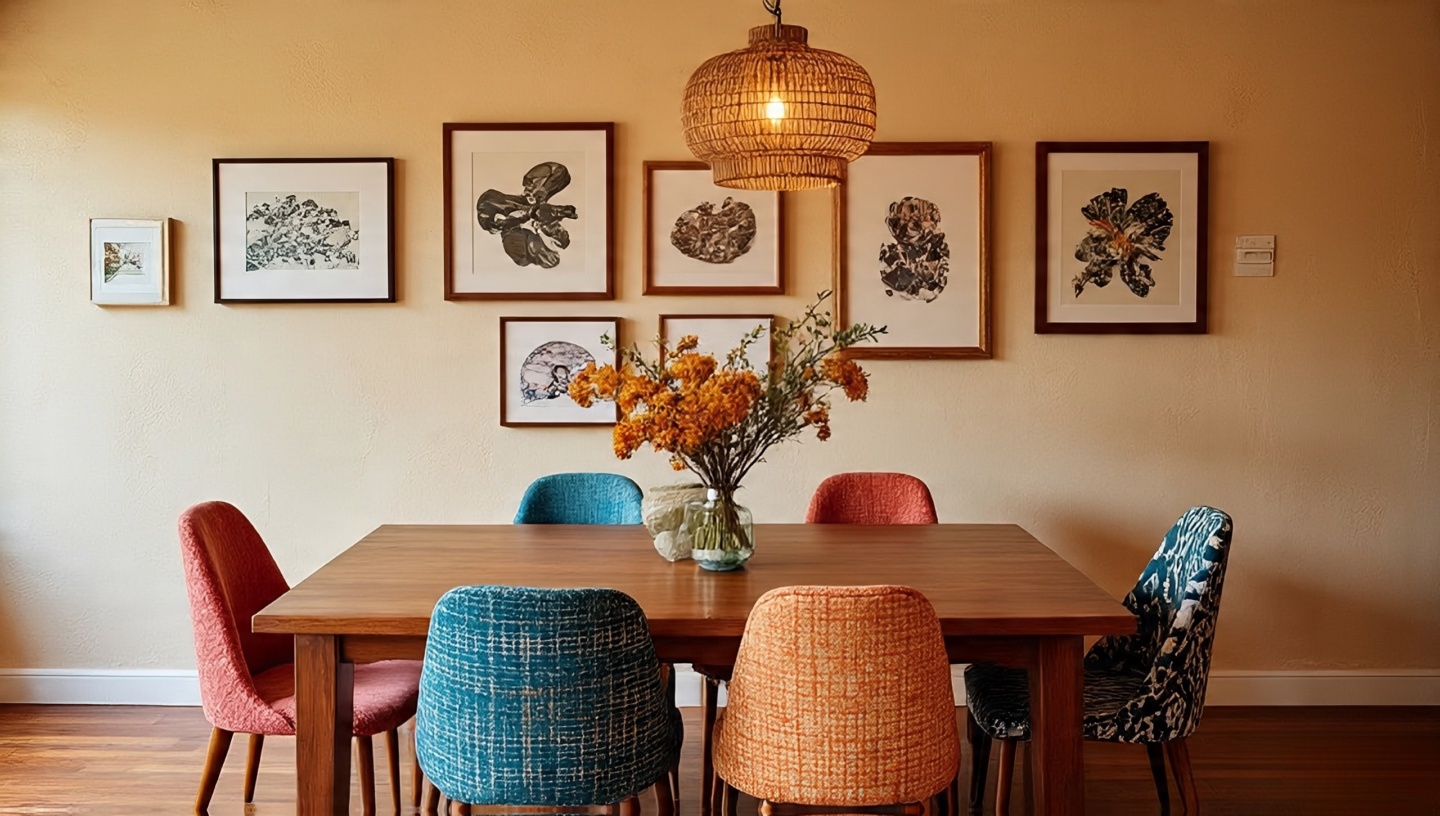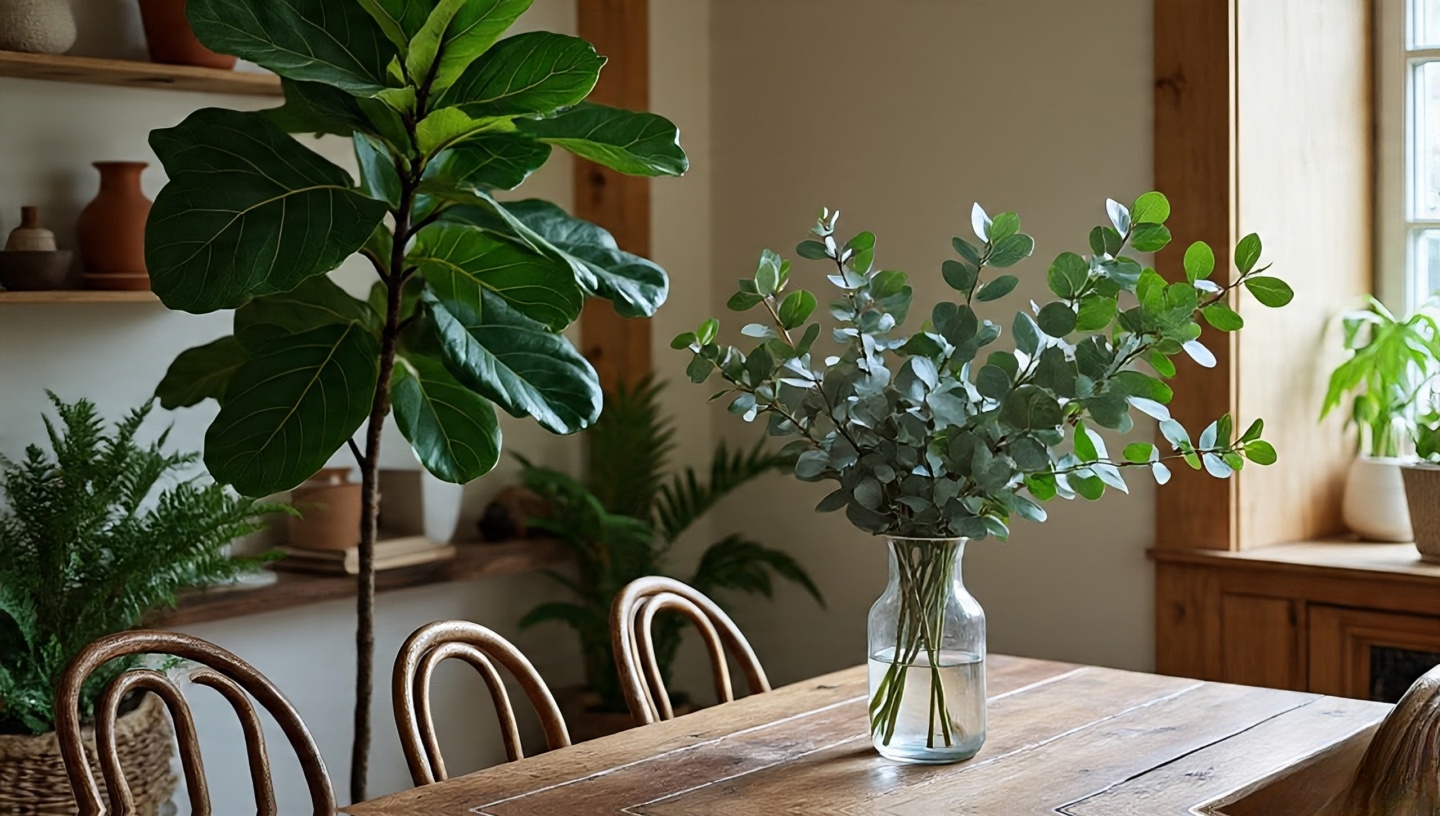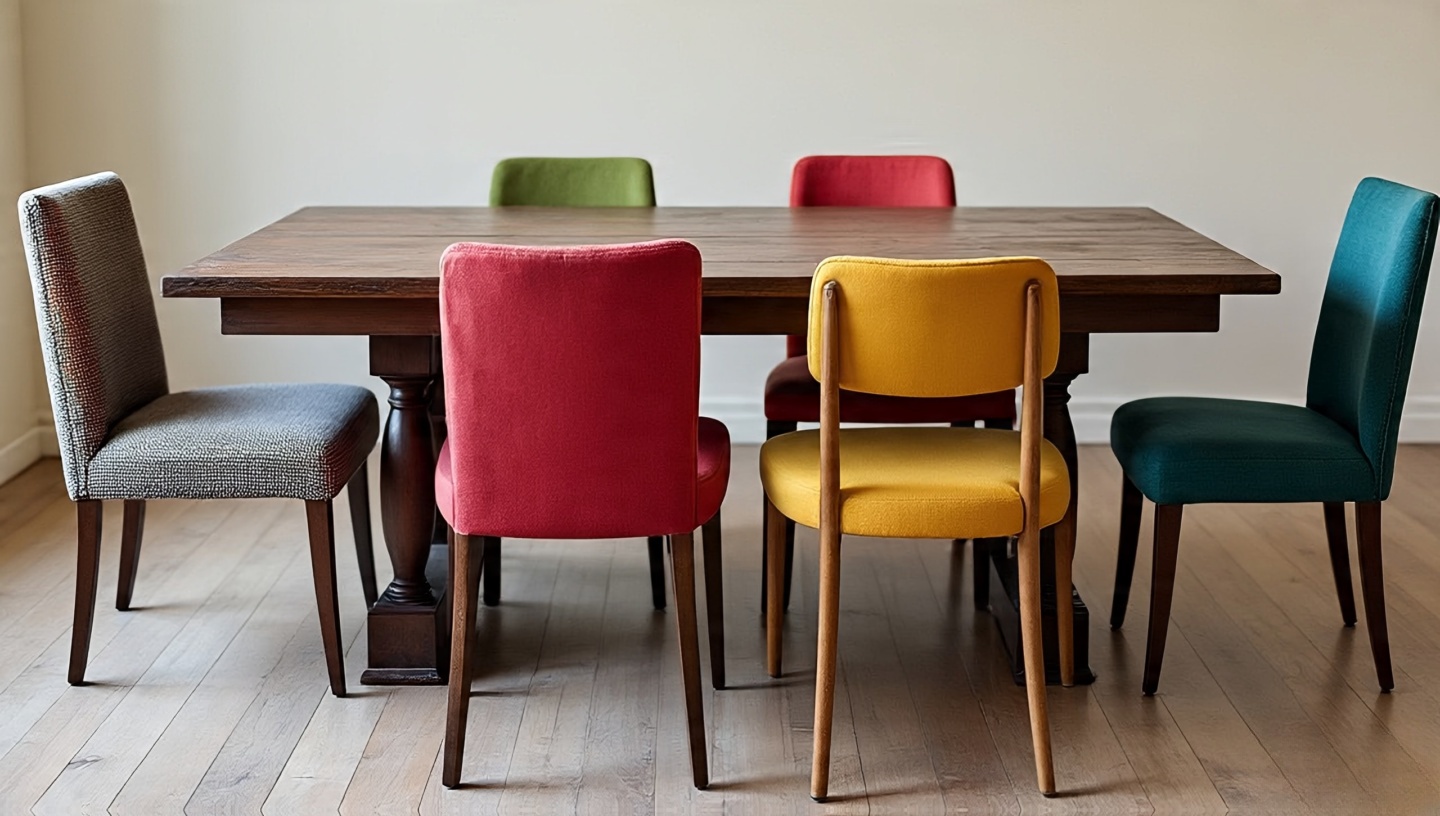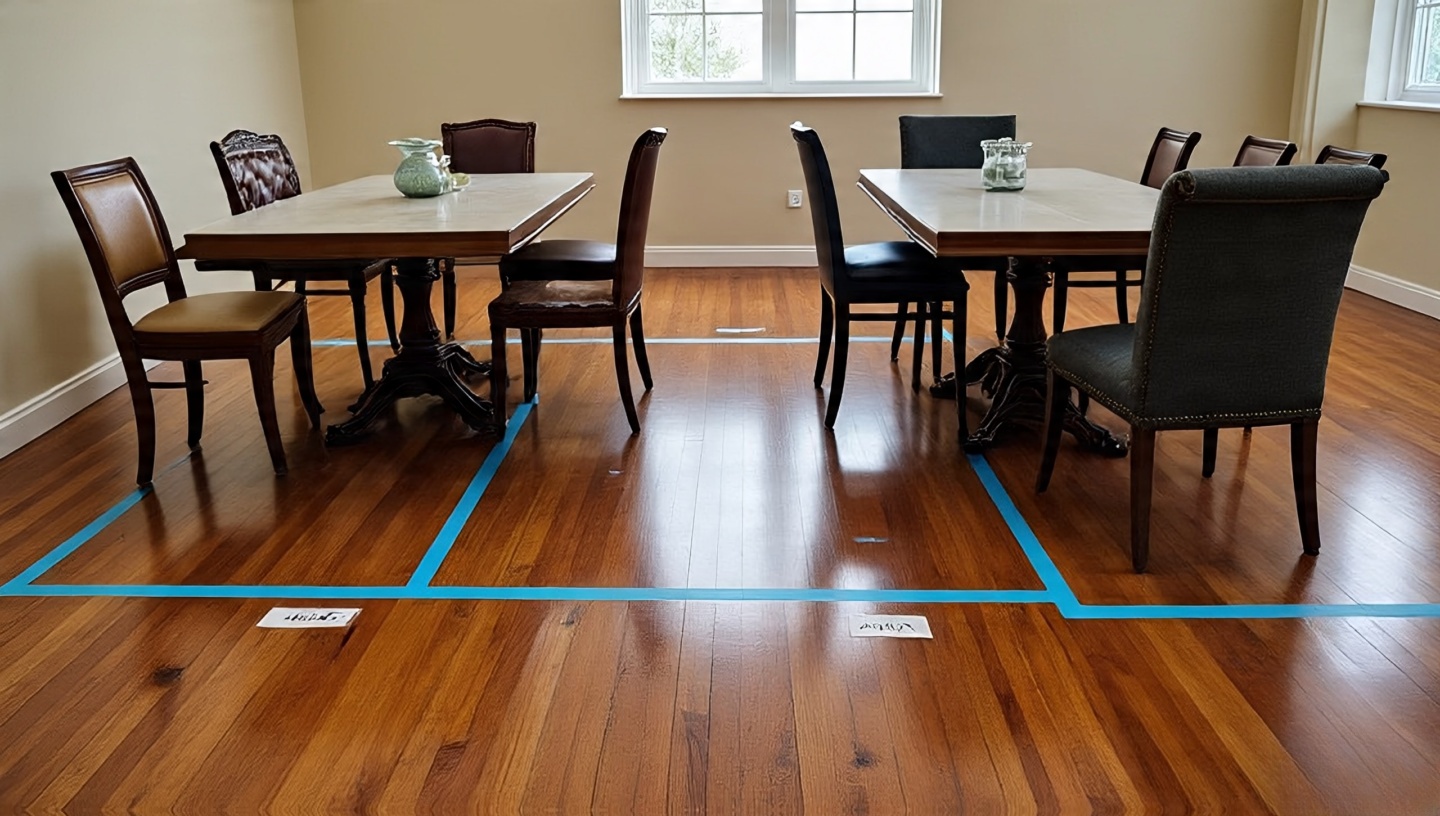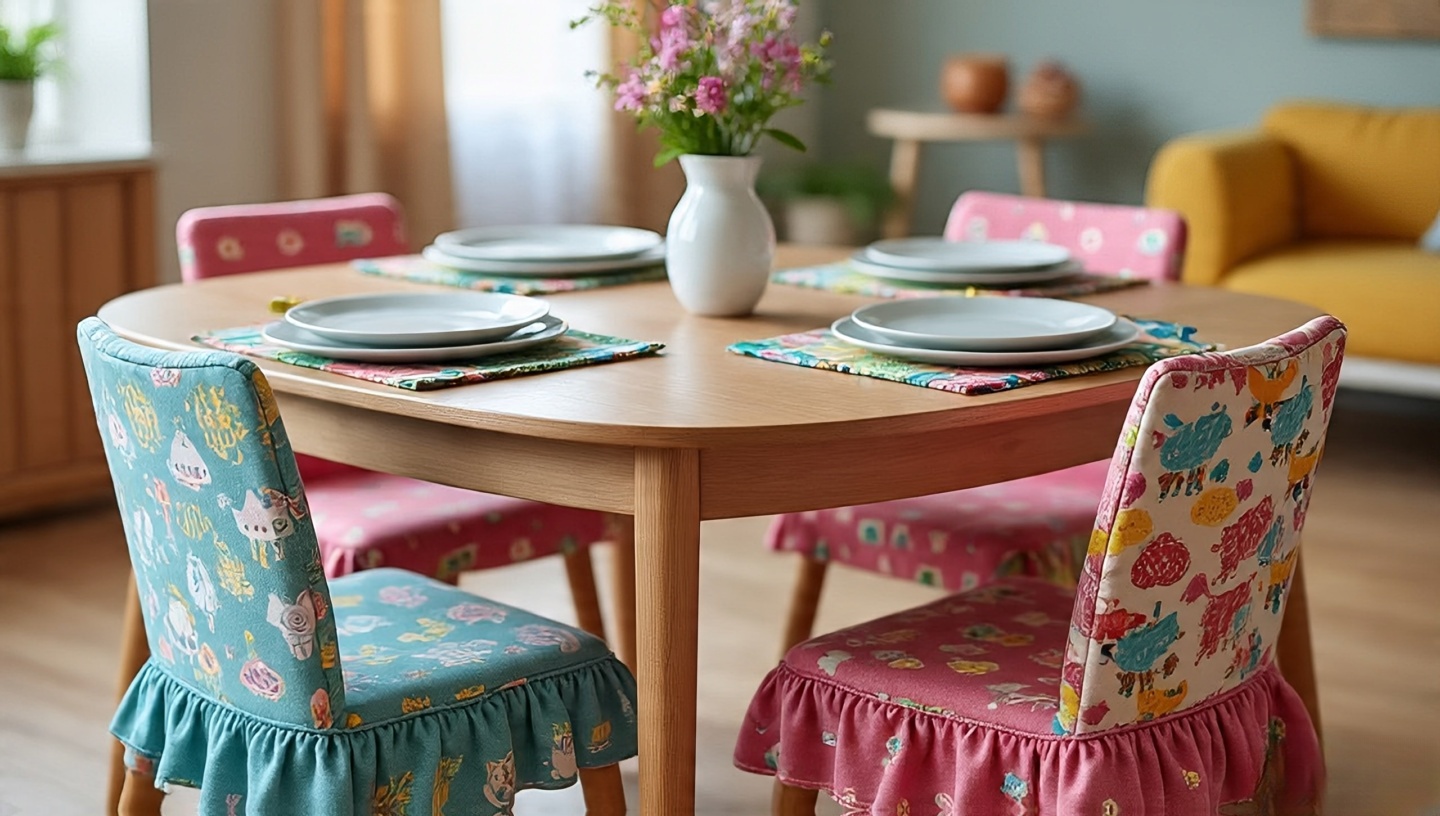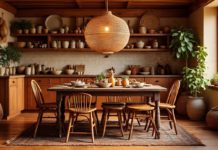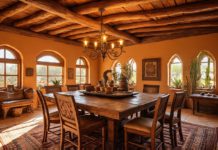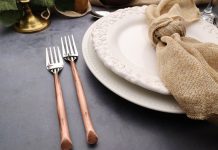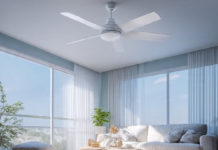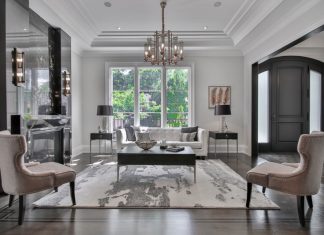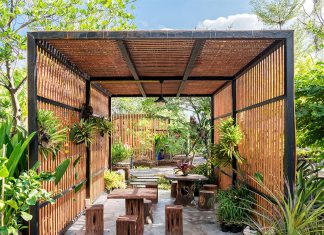Roohome.com – I still remember walking into a client’s old townhouse in Lisbon, where the dining table had survived three generations. Around it were chairs gathered like characters in a novel: a velvet throne, a café bentwood, a pair of sturdy farmhouse stools. At first glance, the mix looked chaotic. But when sunlight cut across the room, highlighting the scratches and patina of each surface, it felt harmonious like a room that had grown wiser with time.
This is where Boho dining shines. It’s not about perfection or uniformity. It’s about personality layered into wood grains, fabrics, and finishes. For over three decades, I’ve watched families, students, and seasoned collectors attempt the “mismatched look.” Some succeed effortlessly, others stumble into clutter. The good news? With a few rules of thumb, anyone can transform an ordinary dining area into a stage for warmth and storytelling.
Whether you’re outfitting a first apartment or reimagining a family home, this guide is for you. We’ll cover textures, ergonomics, budget choices, even code-related notes you might not expect. Along the way, I’ll share lessons from practice both the happy accidents and the avoidable mistakes.
1. Why Boho dining rooms embrace imperfection
Bohemian design thrives on honesty. A polished showroom set might photograph well, but it rarely makes a guest lean back and sigh, “This feels good.” Imperfection invites intimacy. A chair with faded paint or a table with burn marks holds memory. And in the end, memory is the texture that makes a space personal.
Designer’s Note
When I specify reclaimed wood tables, I often leave minor scratches untouched. Clients resist at first, then months later, they tell me those same marks became conversation starters.
2. The sensory joy of textures
Think beyond looks what you touch matters as much as what you see. Oak, teak, rattan, linen, and iron each bring different sensations to dining. It’s like seasoning food; you layer contrasting textures until the blend feels right.
Materials & Finishes
- Wood: Warm, renewable, but sensitive to humidity.
- Rattan: Lightweight, breathable, ideal for tropical climates.
- Metal: Durable but can feel cold without cushions or textile pairing.
- Linen: Softens edges, easy to swap seasonally.
3. A chair doesn’t have to match to belong
I once designed a loft dining area where every chair was unique yet they all shared similar curves and muted earth tones. The key was rhythm, not replication. Think of it like jazz: instruments differ, but the harmony unites them.
Common Mistake
Choosing chairs with radically different seat heights. It disrupts dining comfort.
Fix
Keep seat heights within a 1.5-inch tolerance (about 38–41 cm standard). If one piece sits lower, add a thin cushion to equalize height.
4. Comfort vs. style: The hidden equation
Many vintage finds look romantic but sit poorly. I once watched guests squirm through a 2-hour meal on antique café chairs. Lesson: beauty without comfort backfires.
Dimensions & Clearances
- Seat depth: 16–18 inches (40–46 cm) for comfort.
- Backrest angle: 95–105 degrees from seat for relaxation.
- Clearance: 24 inches (61 cm) per diner around the table.
Pro Tip
If a chair looks gorgeous but feels stiff, drape a sheepskin throw. It softens both look and feel instantly.
5. Wood grains, woven seats, and metal frames
Mixing materials is the soul of Boho dining. But balance is key. Too much iron, and the room feels industrial. Too much wicker, and it becomes beachy instead of eclectic.
Decision Matrix
| Base Table | Best Pairing Chairs | Effect |
|---|---|---|
| Walnut slab | Light rattan chairs | Grounded yet airy |
| Pine farmhouse | Black iron chairs | Rugged, rustic |
| Marble top | Vintage school chairs | Studio-meets-luxury |
6. Lighting: the silent texture
Once, a client’s dining set looked lifeless until we dimmed the overhead and introduced pendant lighting. Wood came alive, linen glowed, iron softened. Lighting is not accessory it is architecture.
Installation Note
Center pendants 28–34 inches (71–86 cm) above the tabletop. For long tables, use two or three pendants spaced evenly.
7. Display matters: ceramics, glass, and shelving
Chairs and tables are the stage, but shelves and ceramics are the chorus. Surrounding your dining area with open displays creates layers of personality. See this guide on open shelving for deeper inspiration.
Cost & Value
Open shelving is cheaper than cabinetry (30–50% less), but requires disciplined curation. Not every chipped mug deserves display choose pieces with texture, glaze, or sentimental value.
8. Is too much mixing a mess?
Yes, if you ignore rhythm. I’ve walked into dining rooms where every chair, color, and texture screamed for attention. It felt more like a thrift shop than a home.
Fix
Repeat at least one material twice be it cane, linen, or color. Human brains crave patterns, even subtle ones.
9. Seasonal refresh strategies
Instead of swapping furniture, rotate textiles. In summer: cotton seat pads in terracotta. In winter: wool throws in emerald or plum. Clients love this trick it keeps the dining mood fresh year-round.
Climate Note
In humid climates, avoid heavy upholstery. Opt for removable slipcovers that can be laundered easily.
10. Mistakes I’ve seen and how to prevent them
Mistake: Ignoring ergonomics
Fix: Test every chair at the table before committing. Style without comfort is short-lived.
Mistake: Overspending on trend pieces
Fix: Invest in a solid table; treat chairs as rotating characters. Tables carry 70% of lifecycle value.
Mistake: Forgetting circulation space
Fix: Maintain at least 36 inches (91 cm) clearance around the table for walkways.
Mini-FAQ
- Can I mix upholstered chairs with benches? Yes. Place the bench on the wall side, upholstered chairs where guests linger longer.
- What rug size works best? Add 24 inches (61 cm) beyond table edges so chairs slide without catching.
- Do all chairs need arms? No. Mix armchairs at the heads, armless along the sides for space efficiency.
Closing checklist for your dining project
- Pick a strong base table it anchors the room.
- Mix chairs within seat height tolerances.
- Repeat at least one texture or material.
- Layer lighting at multiple levels.
- Keep clearance and comfort in mind.
If you’ve been tempted to ditch the showroom-perfect look, start with one mismatched chair. Add a textured throw, change your lighting, and notice how the space shifts. The Boho spirit is less about buying more and more about seeing beauty in what already exists. Try one idea this week and see how your dinners transform.
11. Budget hacks for the Boho dining look
Not everyone has the budget for designer furniture. Some of my most charming projects started with secondhand markets, Craigslist finds, or family hand-me-downs. The beauty of Boho style is that it thrives on this mix. A $30 chair can look like a treasure when paired with a carefully chosen tablecloth or a handmade cushion.
Cost & Value Insight
- Solid wood secondhand table: $150–$400 (refinish if needed).
- Assorted vintage chairs: $30–$80 each.
- Slipcovers or throws: $20–$60.
By layering, you create value far beyond the ticket price.
12. Cultural layering: weaving in stories
In one project, I paired a Spanish farmhouse table with Indonesian rattan chairs and Moroccan ceramics. Guests told me it felt like traveling the world in one room. Boho is inherently global, borrowing from different eras and cultures. The trick is respect each piece should be celebrated, not treated as exotic décor.
Designer’s Note
When mixing cultural pieces, avoid stereotypes. Choose items with genuine craftsmanship and personal resonance, not just tourist trinkets.
13. Scale and proportion matter more than style
I’ve seen clients fall in love with oversized armchairs that swallowed half their dining space. Beauty vanished the moment people tried to sit down. Proportion is your quiet ally.
Rule of Thumb
Chairs should tuck at least two-thirds under the table apron. Leave 12 inches (30 cm) from seat to underside of tabletop for knee clearance.
Mistake & Fix
Mistake: Choosing a narrow table with bulky chairs.
Fix: For tables under 36 inches (91 cm) wide, pick chairs with slim profiles or open backs.
14. The role of rugs in defining the dining zone
A rug is often the unsung hero. It anchors mismatched chairs and prevents the space from looking scattered. In open-plan apartments, a rug instantly defines “this is the dining area.”
Dimensions & Clearances
- Extend rug 24 inches (61 cm) beyond table edges.
- Low-pile rugs are easier for sliding chairs.
- Natural fiber rugs (jute, sisal) reinforce texture but may shed seal edges for durability.
15. Wall treatments that complement mismatched dining sets
Walls are often overlooked. A bold mural, textured plaster, or even a gallery wall can reinforce the eclectic dining mood. I once specified a limewash wall behind a walnut table, and suddenly, even simple chairs felt elevated.
Pro Tip
Warm wall tones (terracotta, clay, olive) enhance wood and rattan textures, while cooler shades (deep teal, indigo) make metals pop.
16. Greenery as texture and life
A fern cascading near the table or a vase of eucalyptus branches can soften hard surfaces. Plants also balance the eclectic mix by introducing a common “living” texture. In one project, a single fiddle-leaf fig tied together an otherwise chaotic dining set.
Installation & Care
- Keep plants at least 18 inches from direct tabletop flame sources.
- Choose low-shed varieties for dining rooms (rubber plant, monstera).
17. When to splurge and when to save
Design is about smart allocation. Over three decades, I’ve learned one truth: invest in what takes the most wear. Splurge on the table it’s the workhorse. Save on chairs, textiles, and lighting, where swapping is easier.
Decision Framework
- Splurge: Solid wood or stone table, high-quality pendant lighting.
- Save: Chairs, slipcovers, seasonal cushions, wall art.
18. How to test your mix before committing
I advise clients to “mock-up” their dining area. Bring chairs into the showroom, or if shopping secondhand, sketch proportions on the floor with painter’s tape. This low-cost rehearsal prevents costly regrets.
Pro Tip
Photograph your trial mix in black and white. Without color distractions, you’ll see if shapes and proportions balance well.
19. Boho dining for families with kids
Families often ask me, “Will mismatched chairs survive my kids?” The answer: yes, with strategy. Choose durable finishes, rounded edges, and washable textiles.
Materials & Finishes
- Laminate-top tables: easy to clean, cheaper than stone.
- Slipcovered chairs: machine-washable, replaceable.
- Rounded edge tables: safer for toddlers.
20. Reflection: why Boho dining lasts
I often tell clients: Boho isn’t a trend, it’s a mindset. When you collect chairs from different decades and tables with scars of time, you’re resisting disposability. You’re saying, “I value story over catalog spreads.” That mindset, more than the furniture itself, is what makes a dining room feel like home.
So next time you’re tempted by a showroom set that looks flawless but soulless, remember: dinner is about people, stories, and textures that hold them together. The mismatched route might take more patience, but the reward is a space that feels alive long after trends fade.
